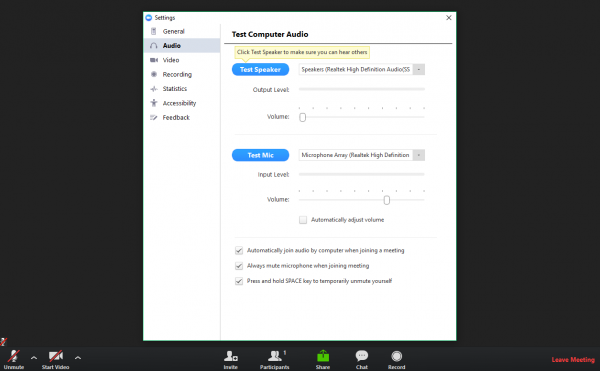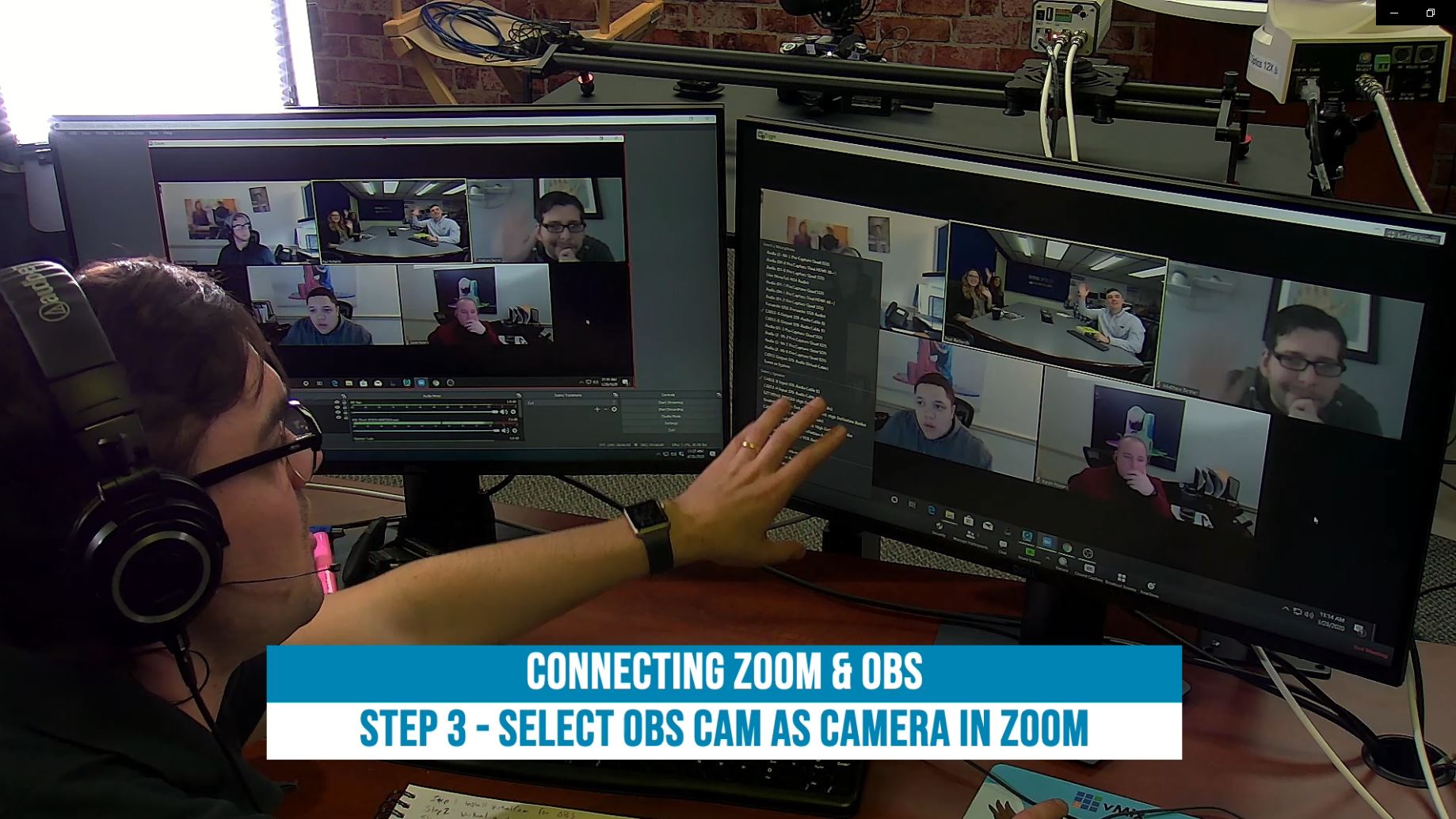

In addition to being of higher quality than the installed speaker, using an external speaker will help conserve resources for the Zoom session. For the best incoming sound, use an external speaker or headphones.This will help conserve resources on the PC. Close all un-needed apps prior to joining the Zoom session.A higher quality external mic will have a better pickup pattern and range. The internal mic on your device may not be the best quality and may sound tinny and hollow. For best audio, connect an external microphone.The best internet option is to use a wired Ethernet connection whenever possible.

The client can be downloaded at /download.

Please check that your Zoom client is up to date. To enable these settings, you will need to use the Zoom desktop client.Noise suppression is a microphone feature that removes background noise from the audio.Īutomatic gain is a microphone feature that automatically manages the volume of audio input to keep a steady volume level.←Back to Zoom Tips Optimizing Zoom Audio for Music & Singing For example, the time it takes to convert analog audio to digital audio contributes to the latency.Įcho cancellation is a microphone feature that attempts to limit the echo or reverb effect when the audio captured by the microphone is played back in speakers and then, as a result, captured once more by the microphone, in an infinite loop. Latency is an estimation of the delay between the moment the audio signal reaching the microphone and the moment the audio signal is ready to be used by the capturing device. Typical values are 16 bits (CD audio and others), 8 bits (reduced bandwidth) and 24 bits (high-resolution audio). The sample size indicates how many bits are used to represent each audio sample. Typical values are 44,100 (CD audio), 48,000 (digital audio), 96,000 (audio mastering and post-production) and 192,000 (high-resolution audio). The sample rate indicates how many audio samples are taken each second.


 0 kommentar(er)
0 kommentar(er)
